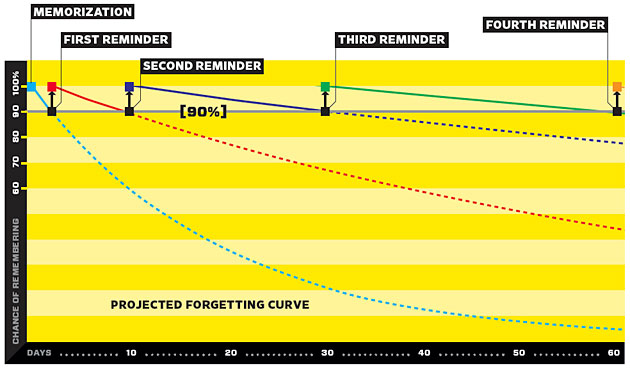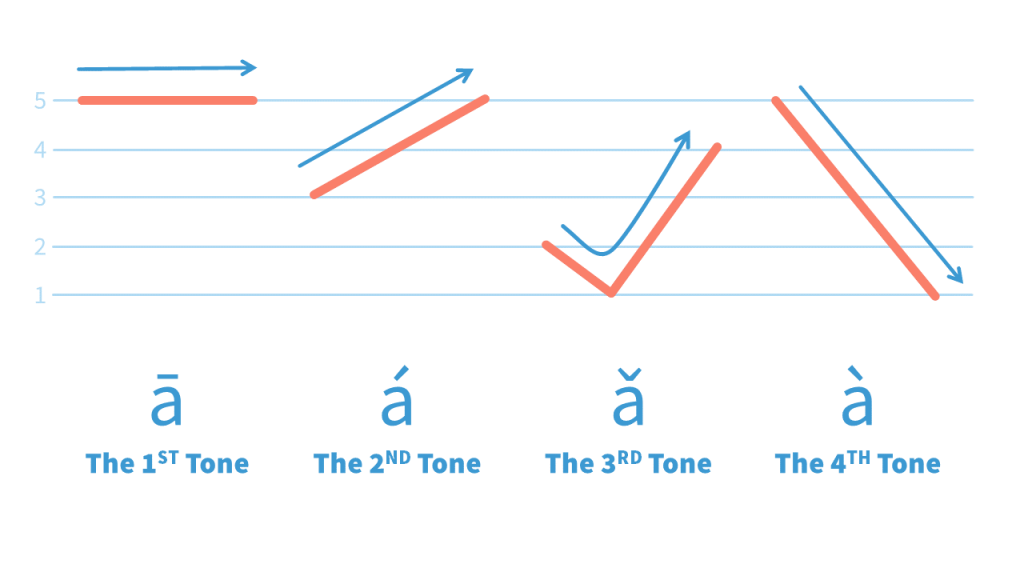How do I get started?
Watch our video tutorial (slightly dated user interface) here that gives a brief introduction on how to navigate the dashboard and get started with Pandanese.
Watch our video tutorial (slightly dated user interface) here that gives a brief introduction on how to navigate the dashboard and get started with Pandanese.
Watch our brief video (slightly dated user interface) here that gives you a basic idea of what radicals and characters are and why they are both there.
Our goal is to help you learn and retain the Chinese characters as fast as possible. We utilize three main techniques for success:
Here's how it all works:

We use spaced repetition with our first intervals at 4 hours after learning and 8 hours after your first correct review. We have found this to be an ideal spacing for beginning the transition from first exposure to short term memory. Part of the "magic" of this process is that you want to do a review just before you would forget an item. Reviewing more often does not significantly impact your learning. Because of this, we do not encourage accelerating this process.
The items remaining do not include the vocabularies because they are not a dependency to "unlocking" the next lesson. So on Level 1, all you must do is learn 100% of the radicals to level 5 (learn + 4 correct reviews with no mistakes) and 90% of the Hanzi characters to level 5. Vocabularies are not a requirement.
Chinese readings with pinyin can be categorized into 4 different tones. Instead of having to type with the complex tone marks, people also express readings with the numbers.

Please check your SPAM folder and contact our Support Team at support@pandanese.com.
Once you've signed up, the first three levels of Pandanese are free so that you can carefully test the program. The first three includes over 250 Hanzi card including radicals, characters, and vocabulary. If you are enjoying Pandanese and are learning your cards fast, please sign up for a plan. We're able to continue improving the service because of your support, and we greatly appreciate it.
When you upgrade, you will have access to the entire set of characters and vocabulary. This includes 99% of written Chinese characters.
Yes. Pandanese developed its own app, and you can download it here. If you have suggestions for improvement, please email us at support@pandanese.com.